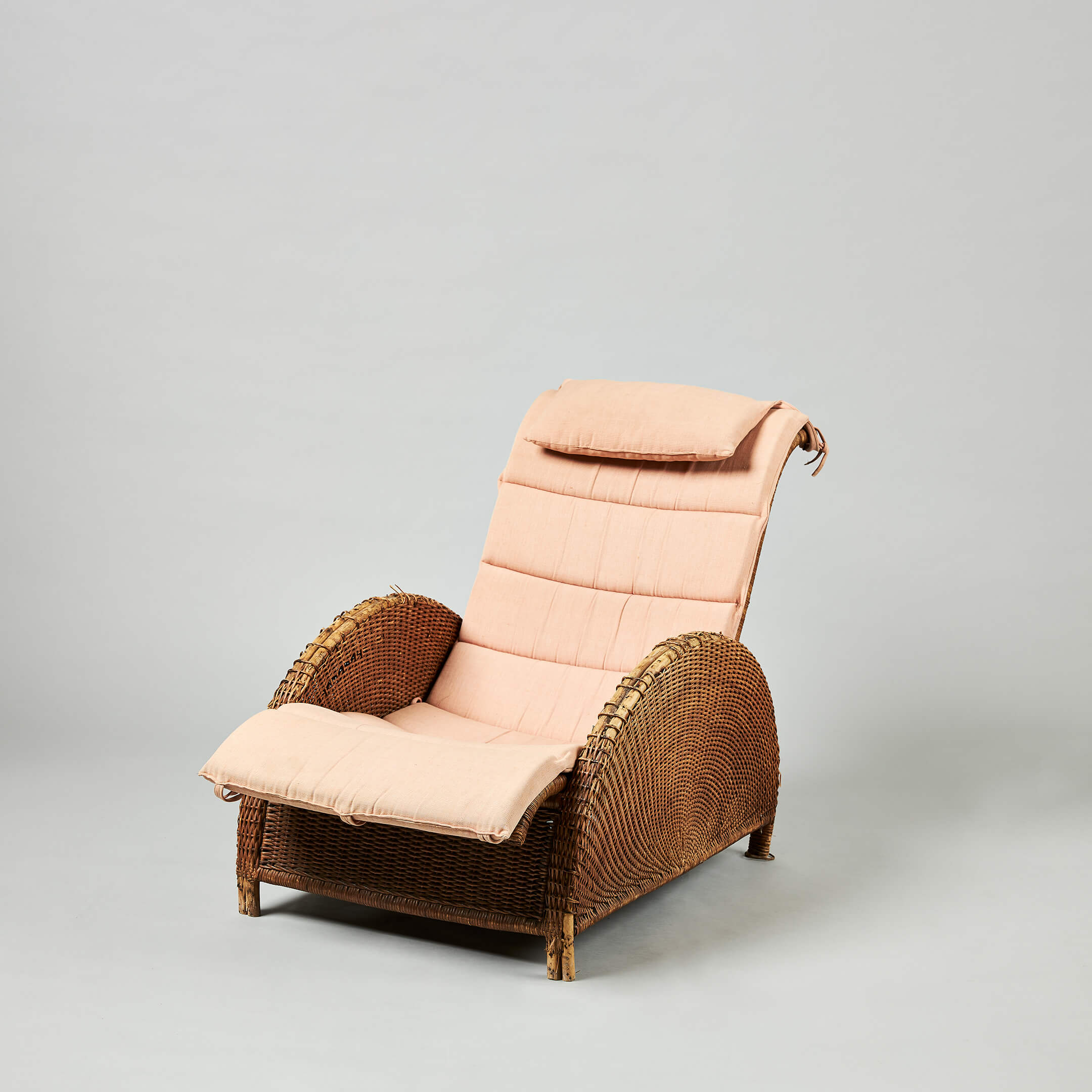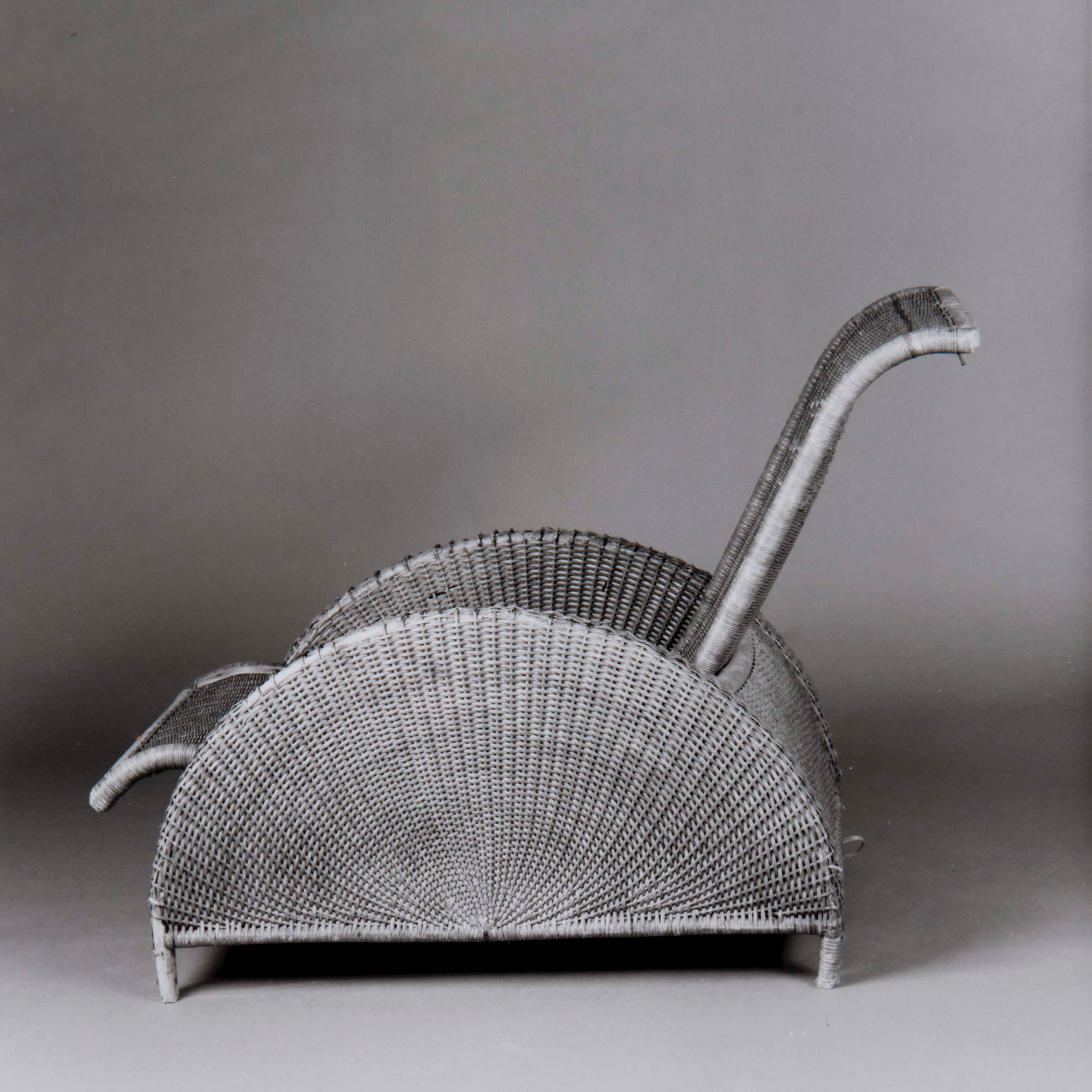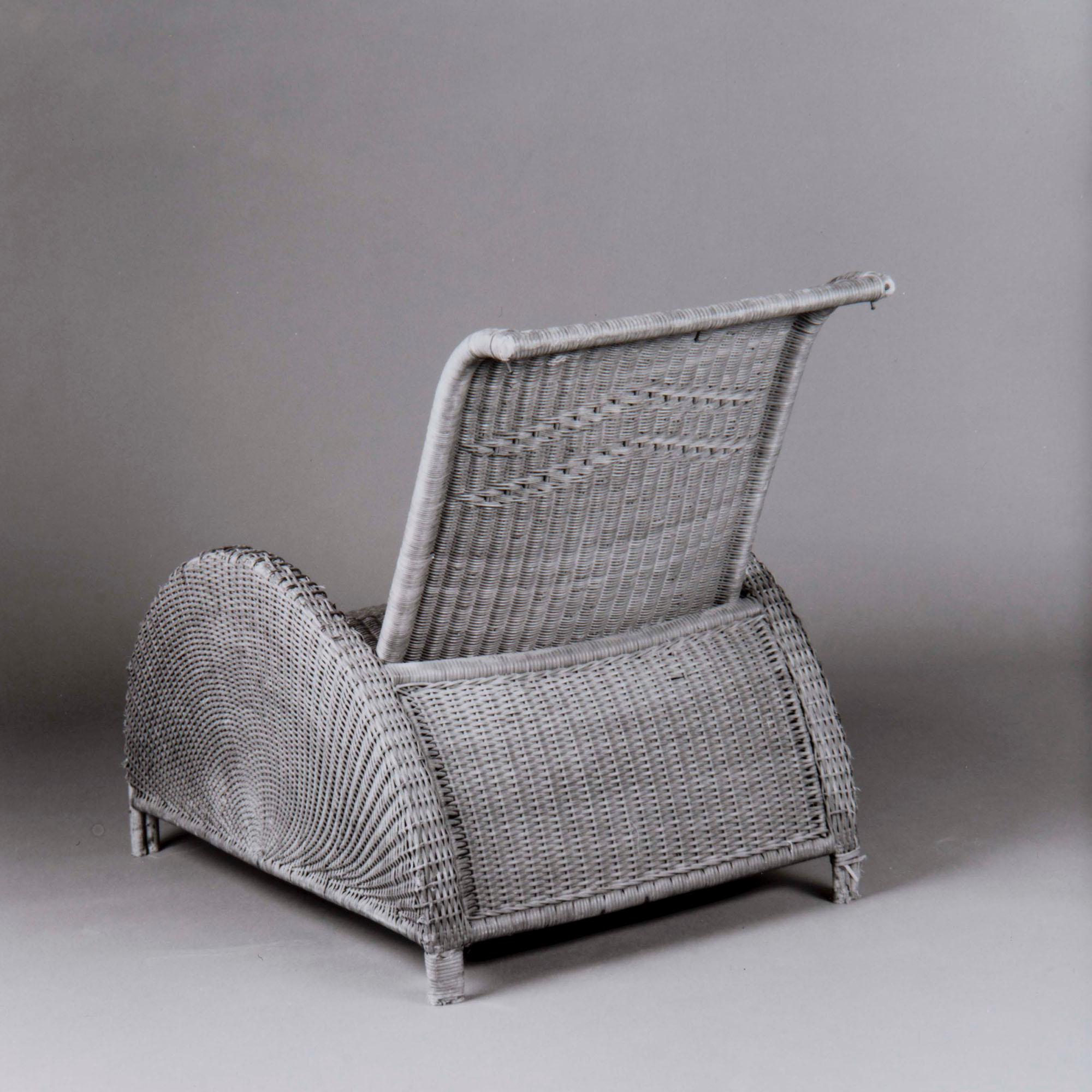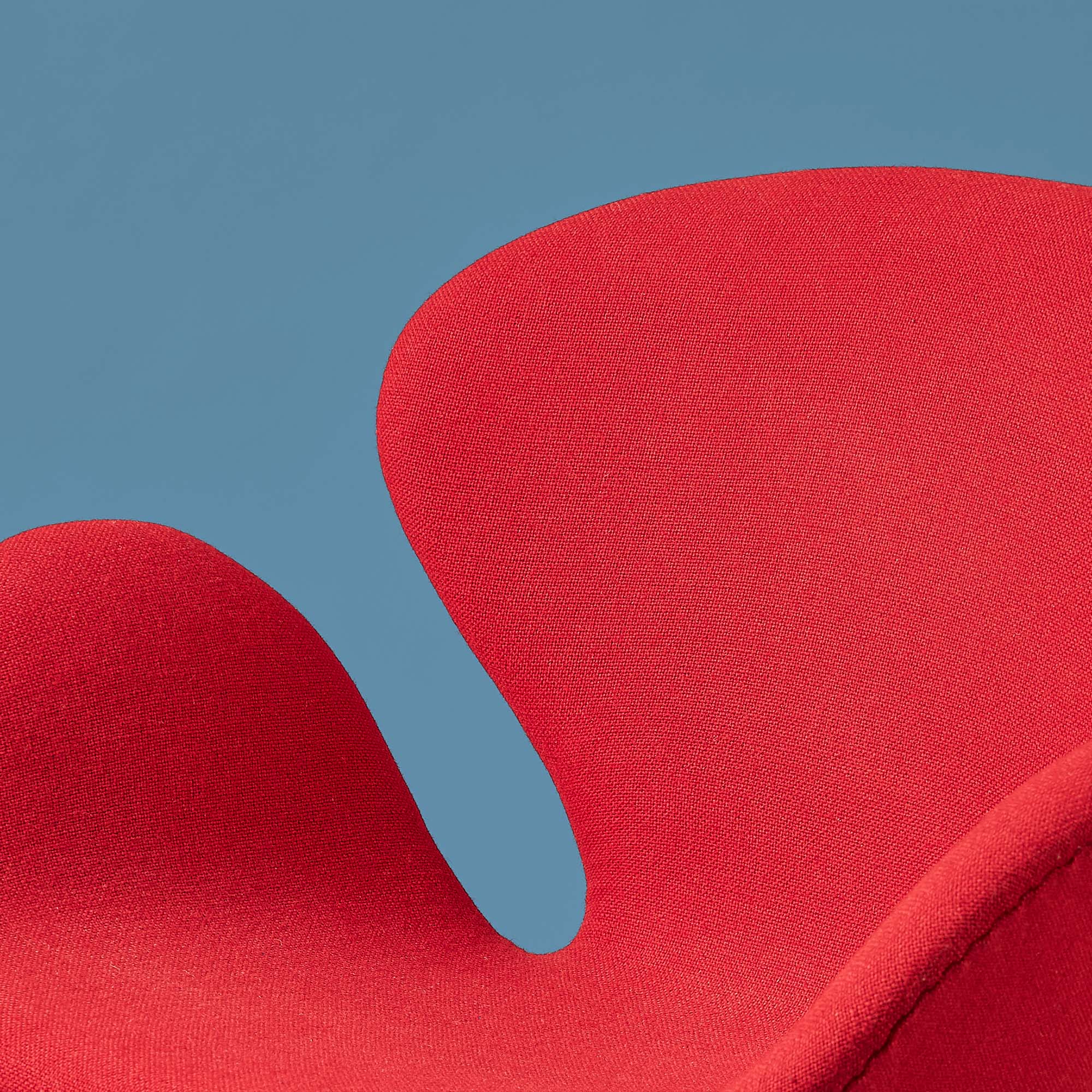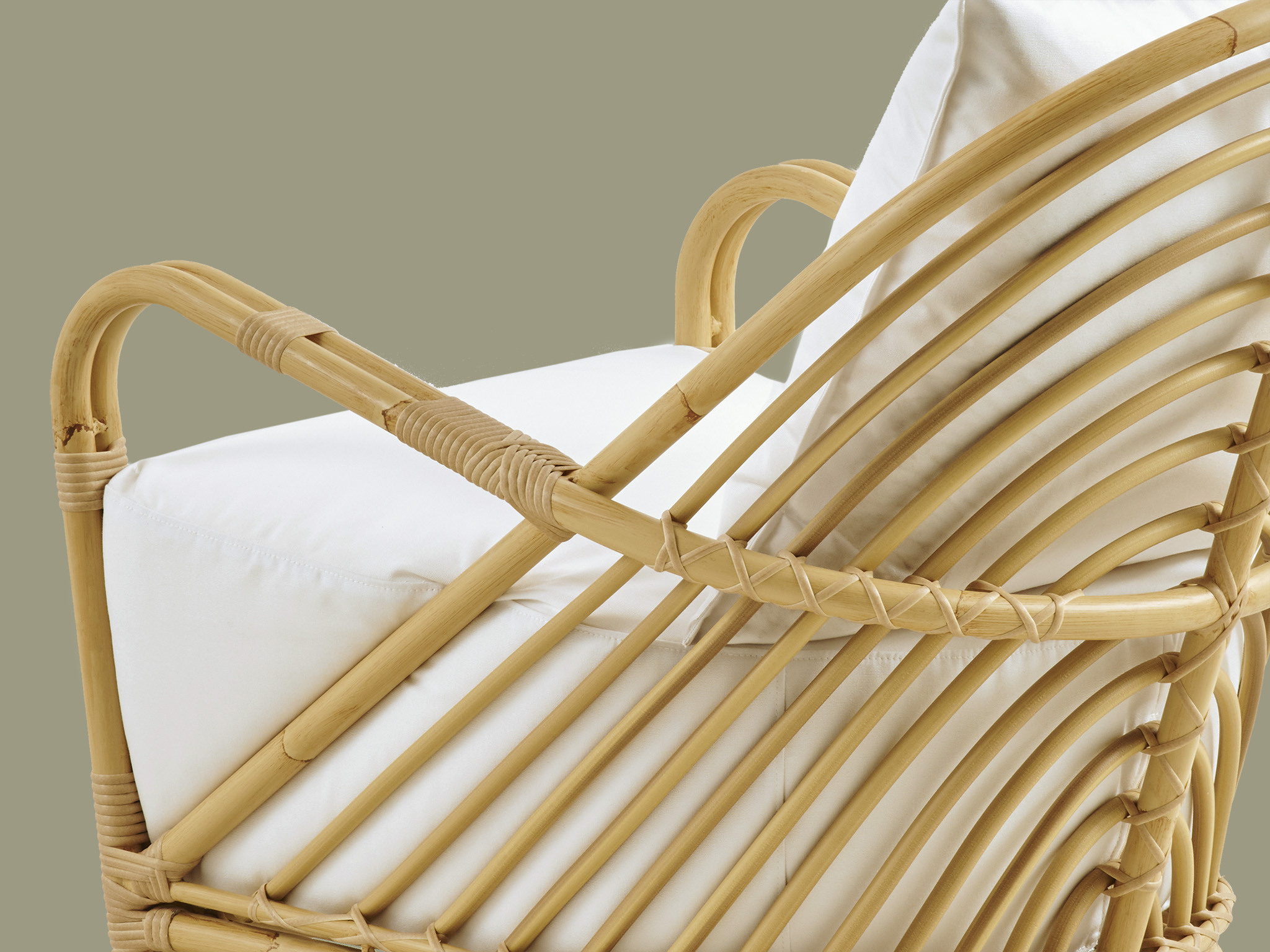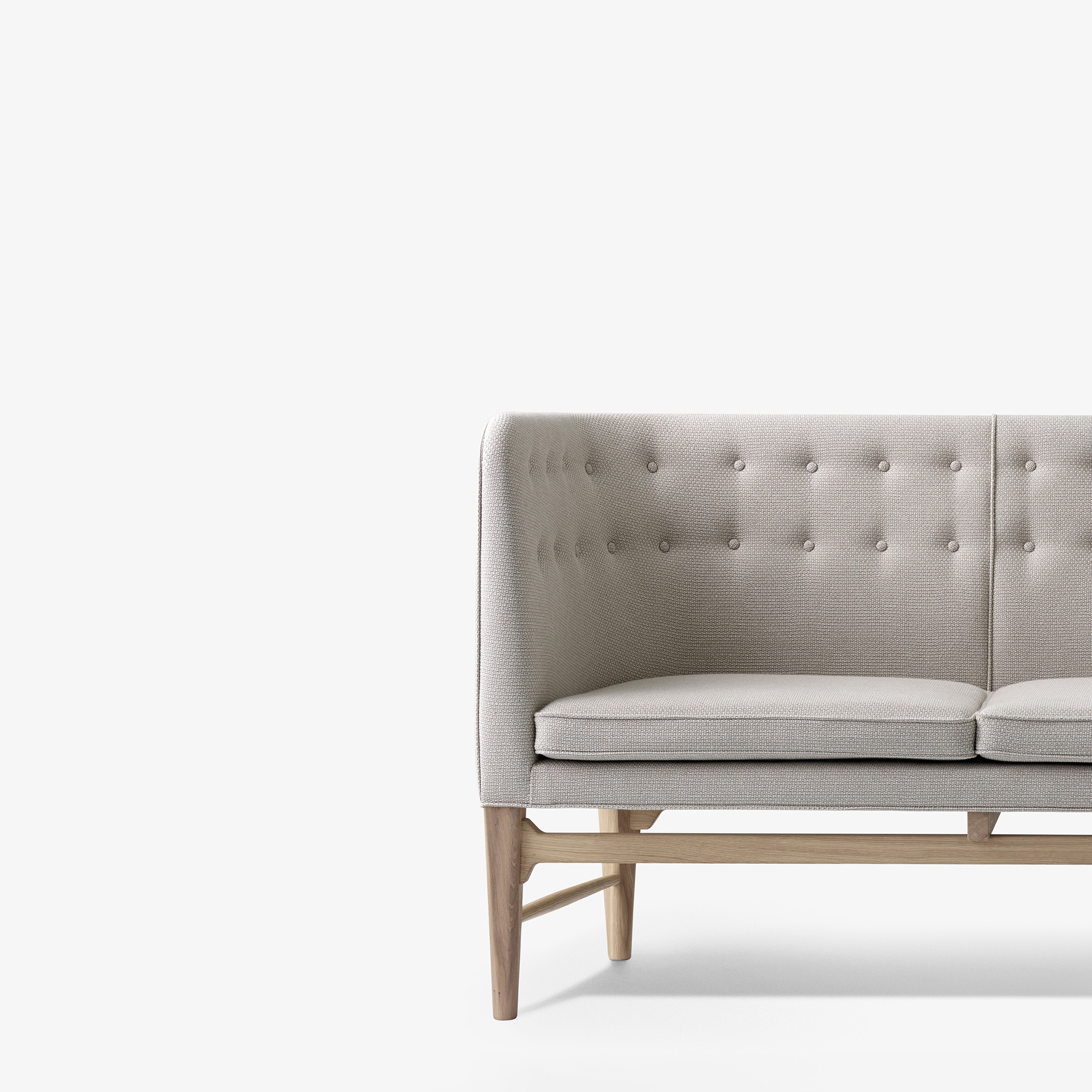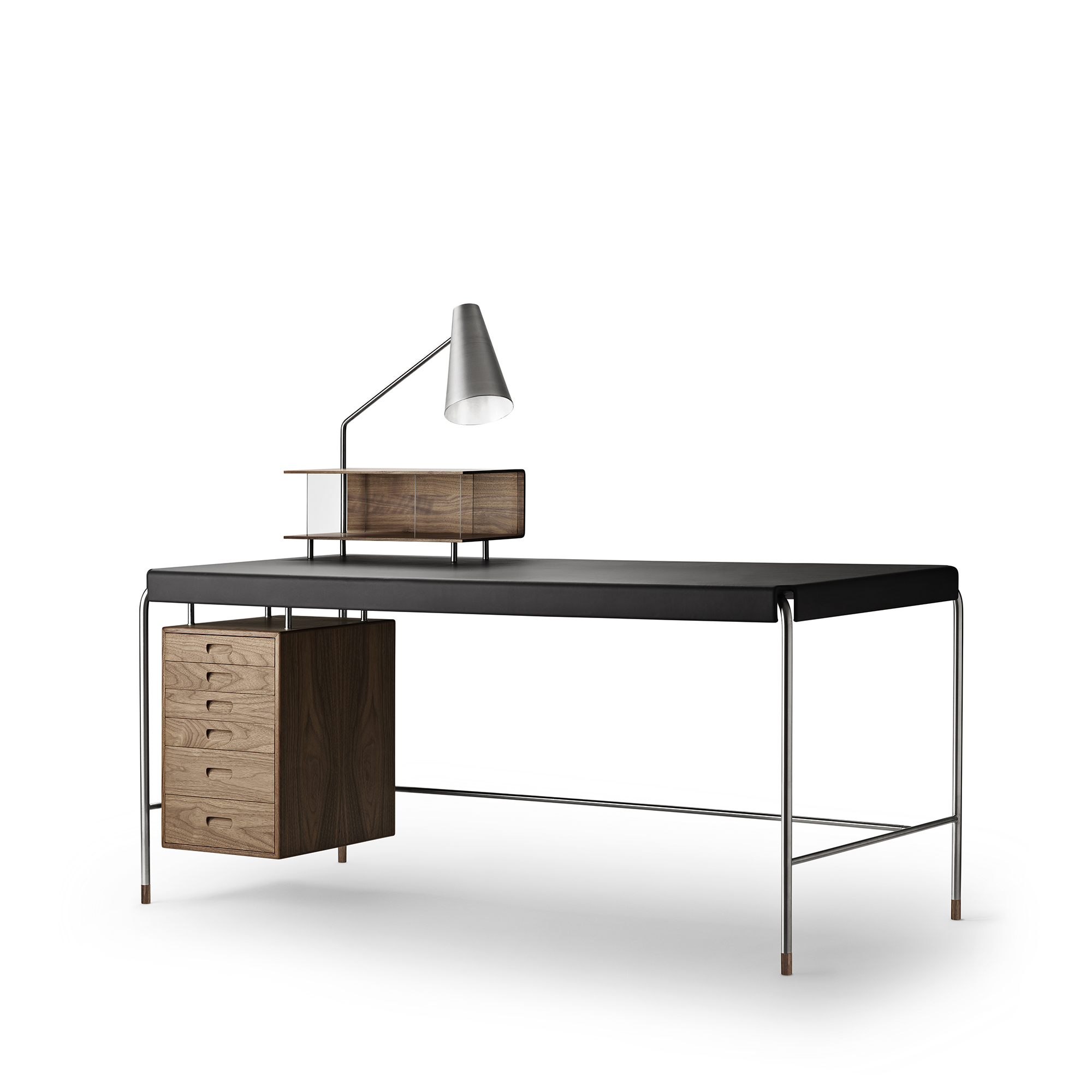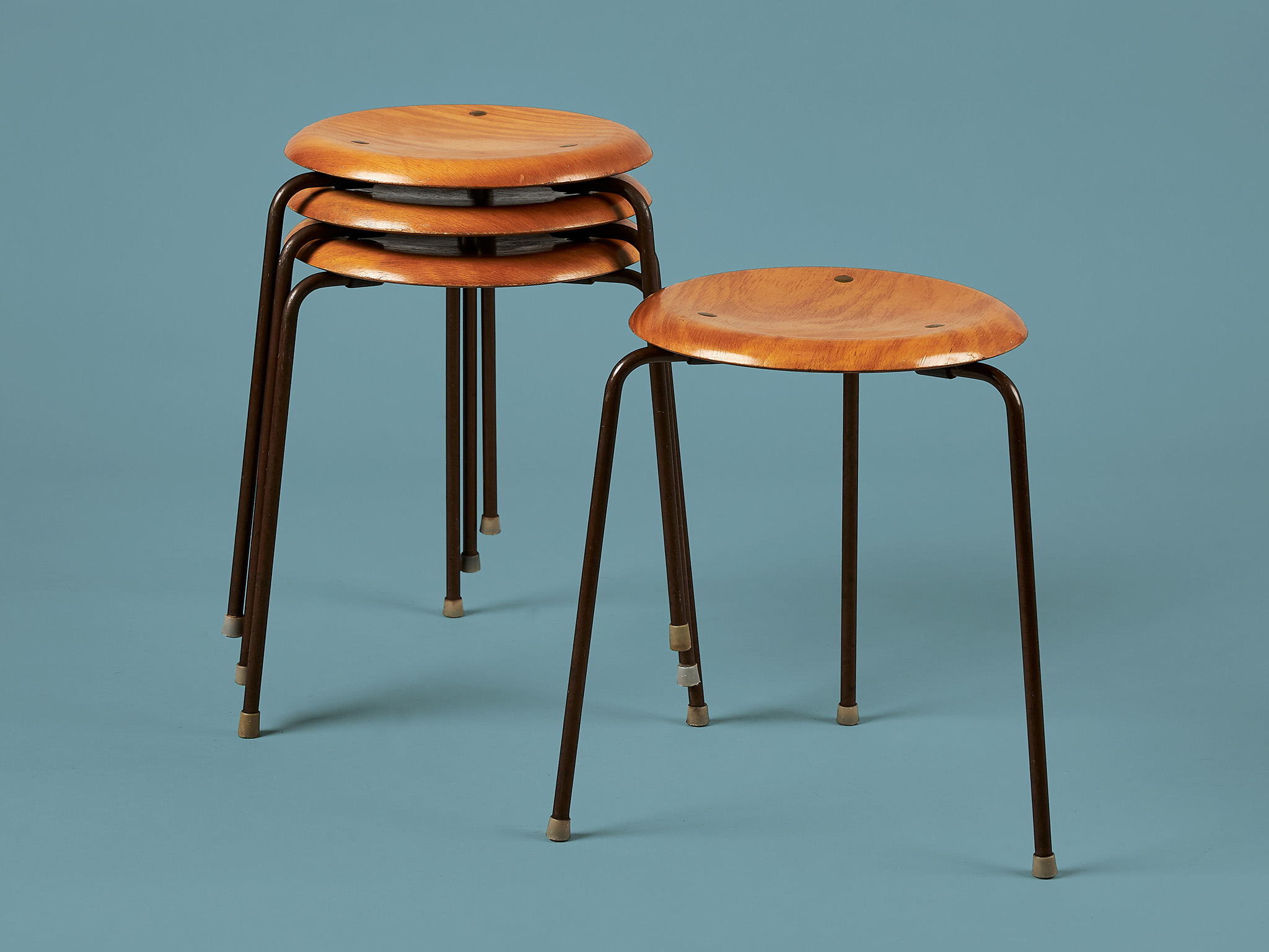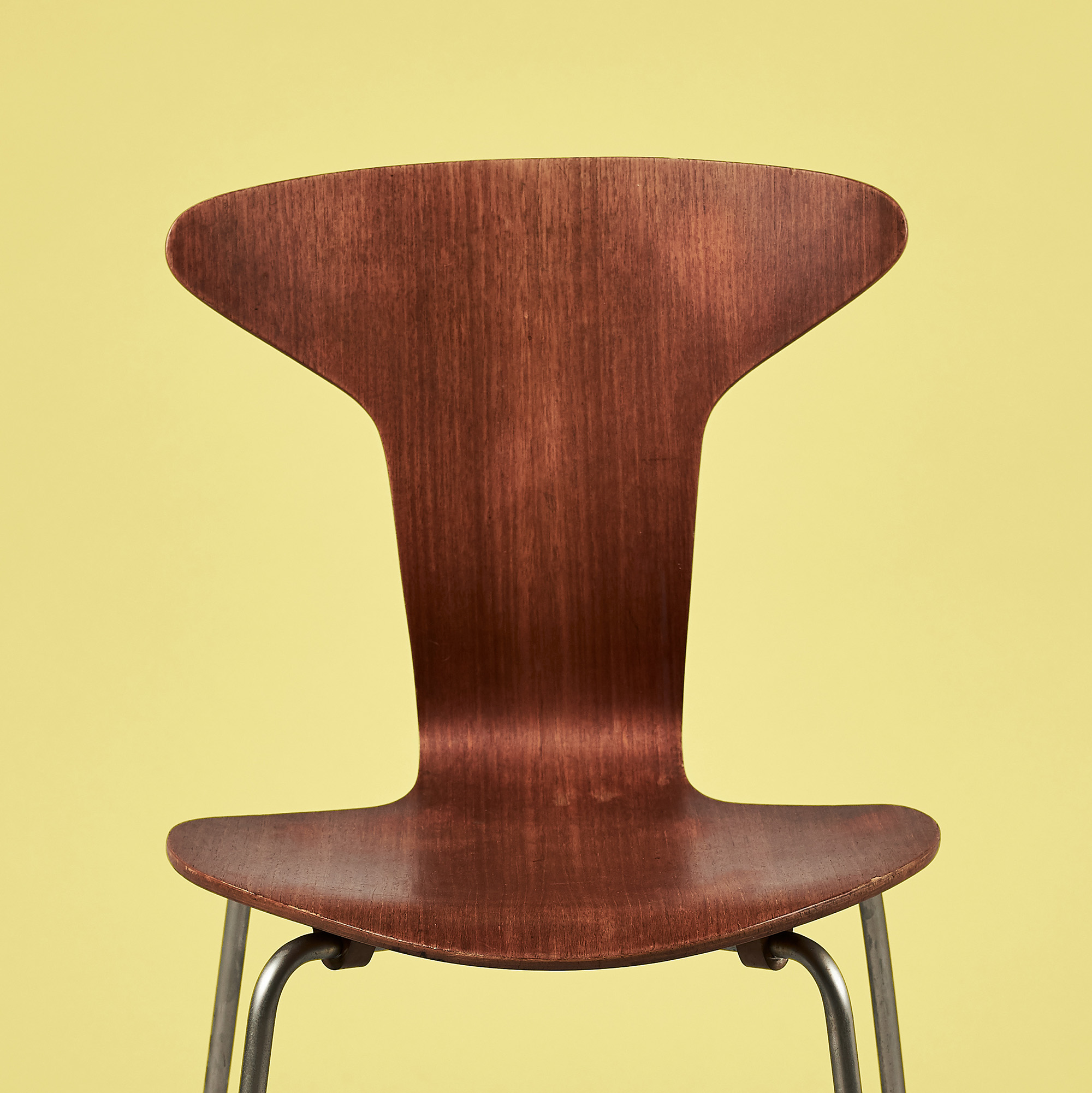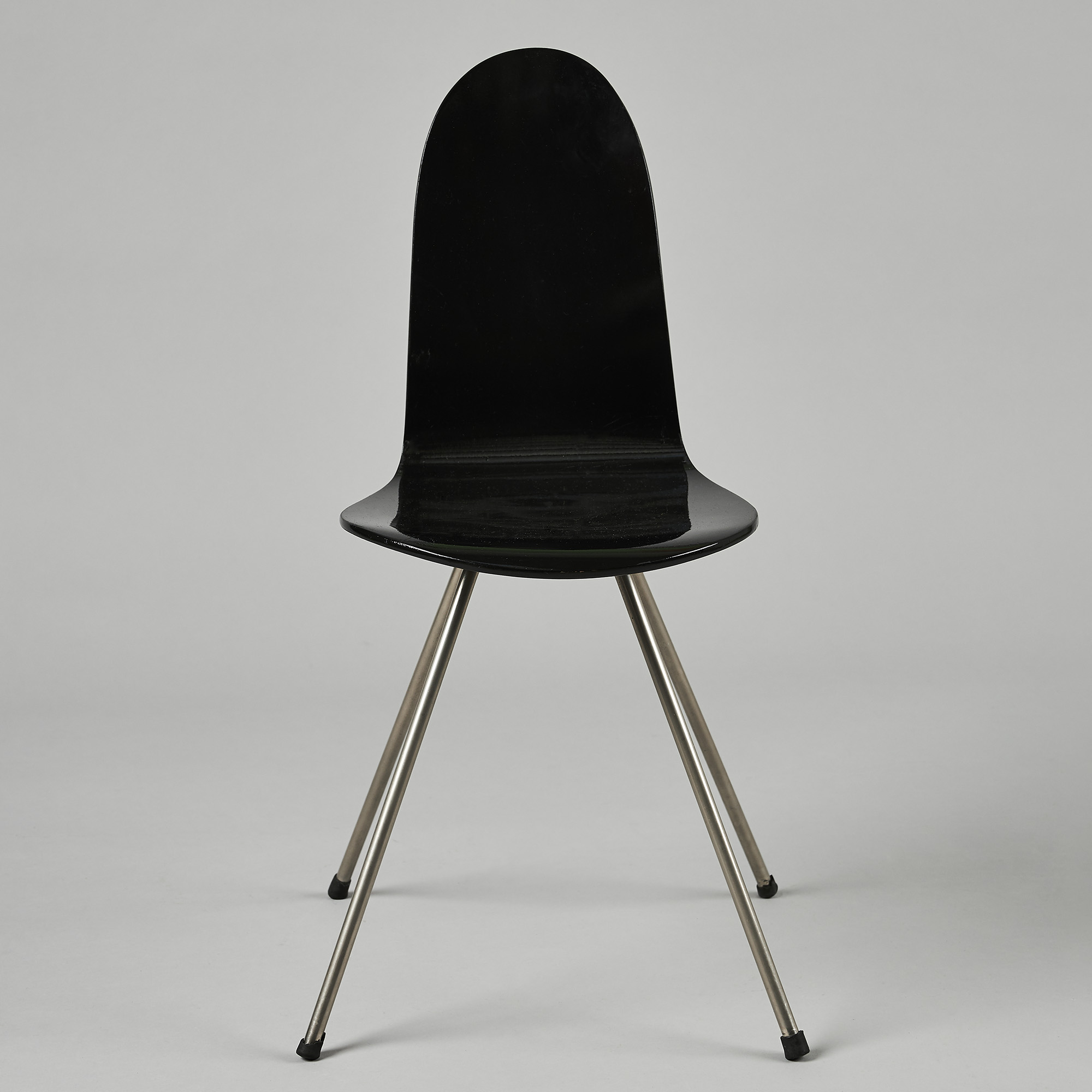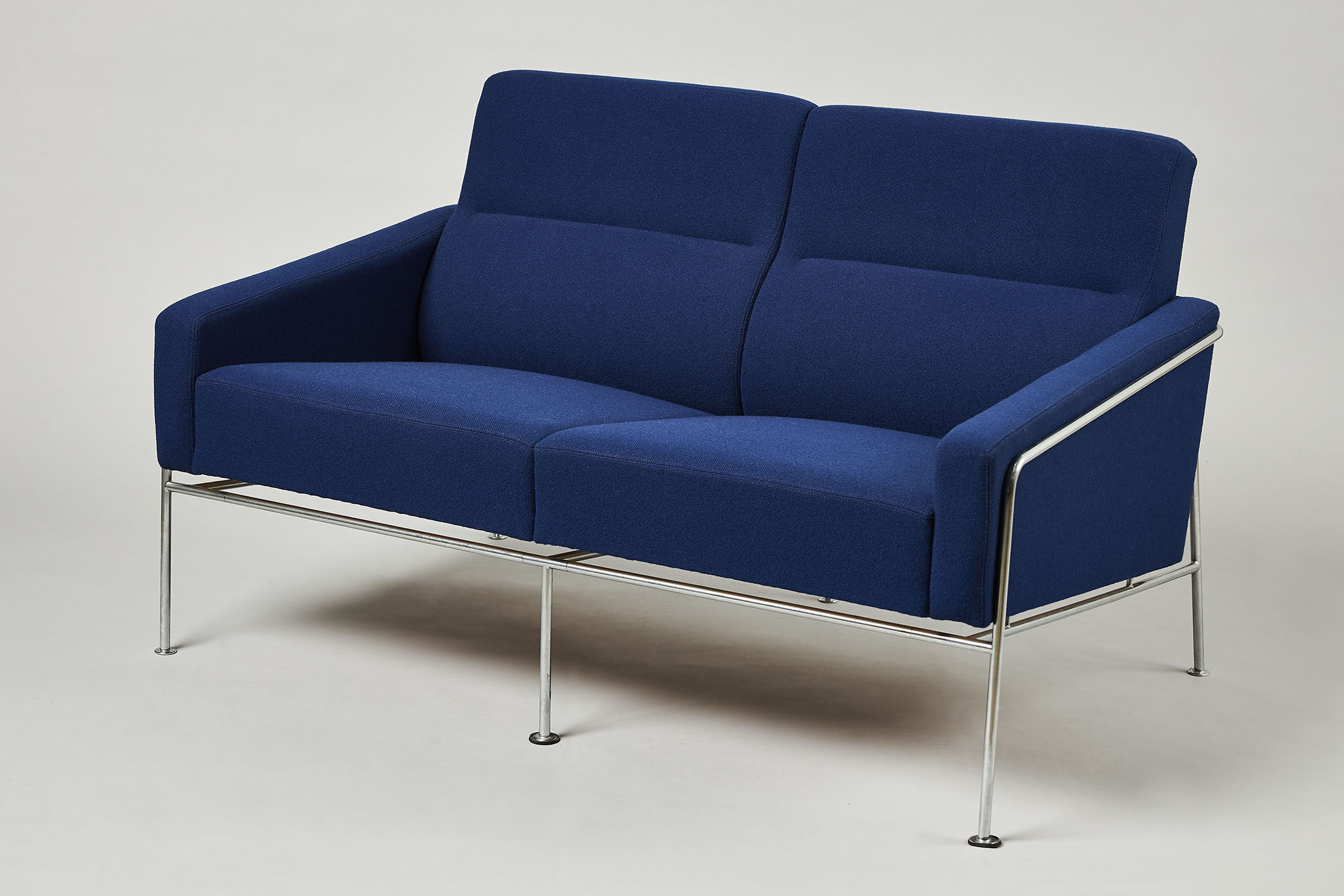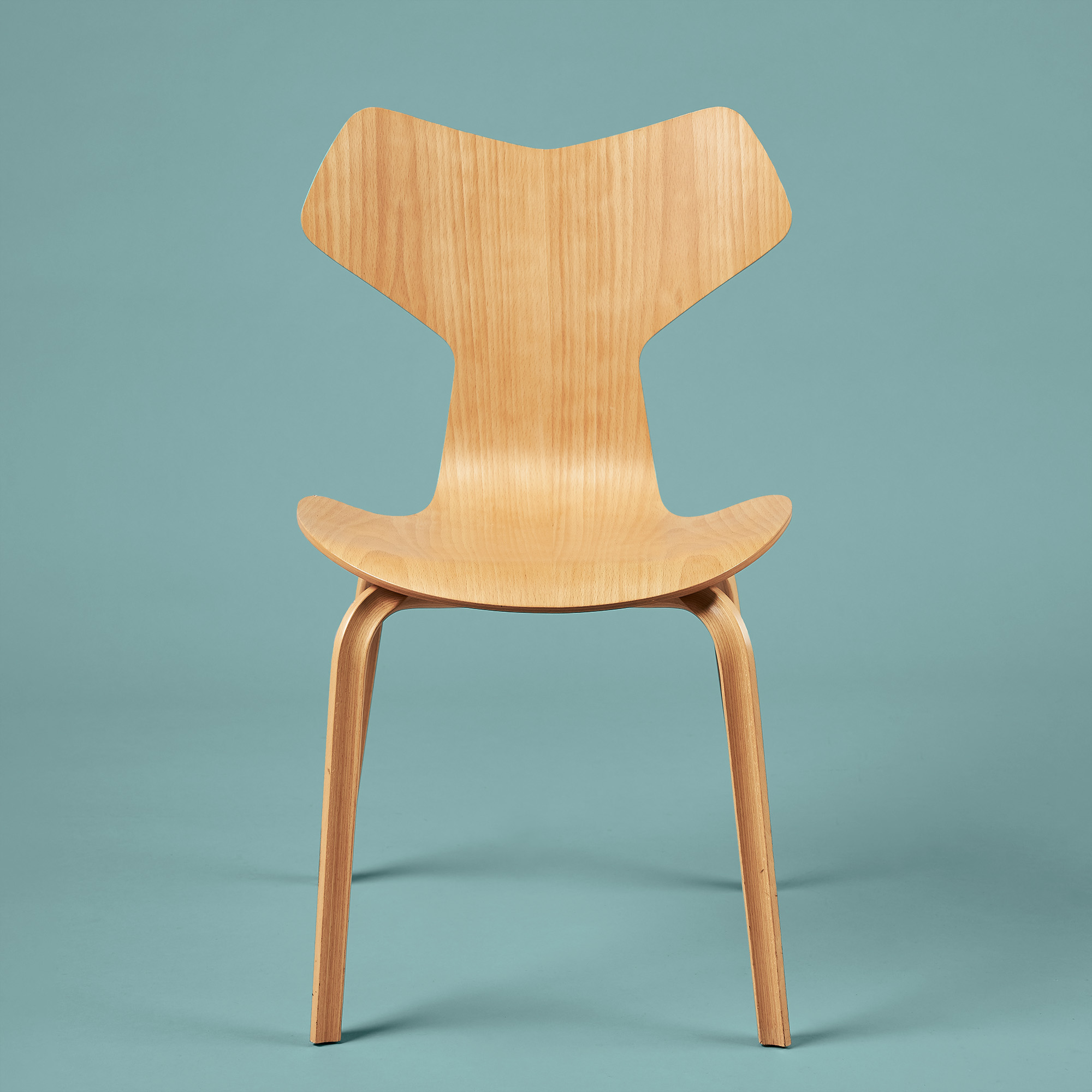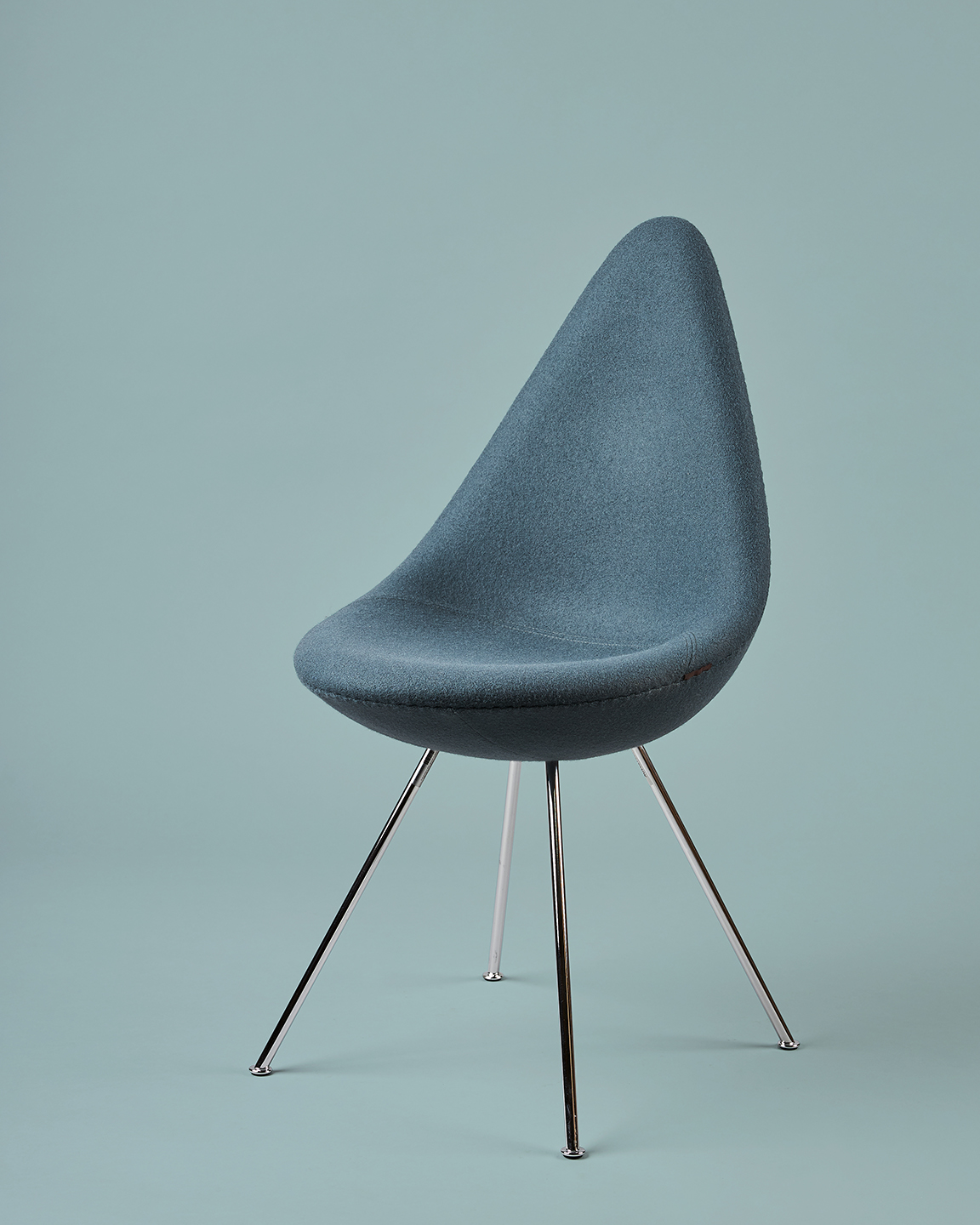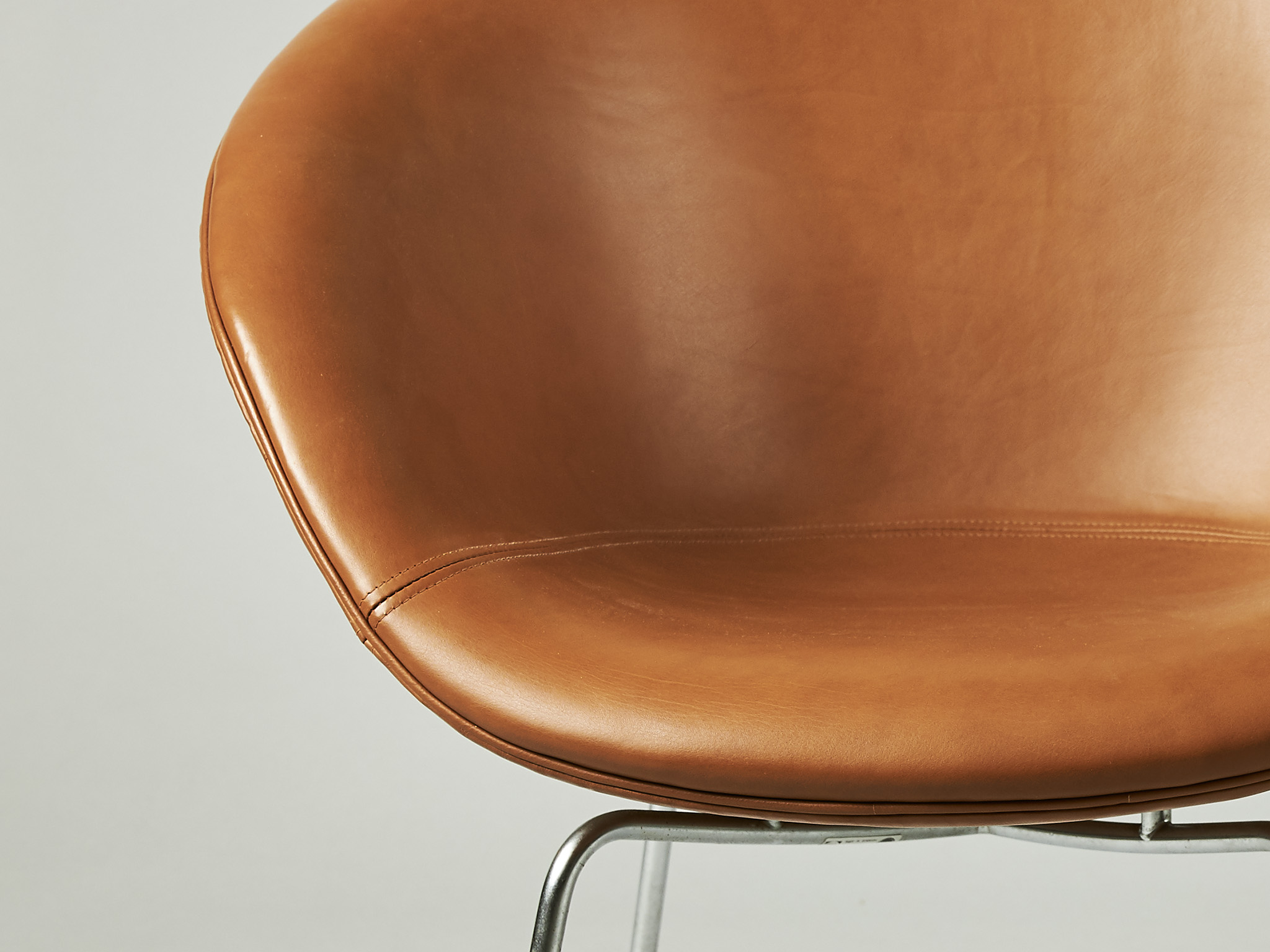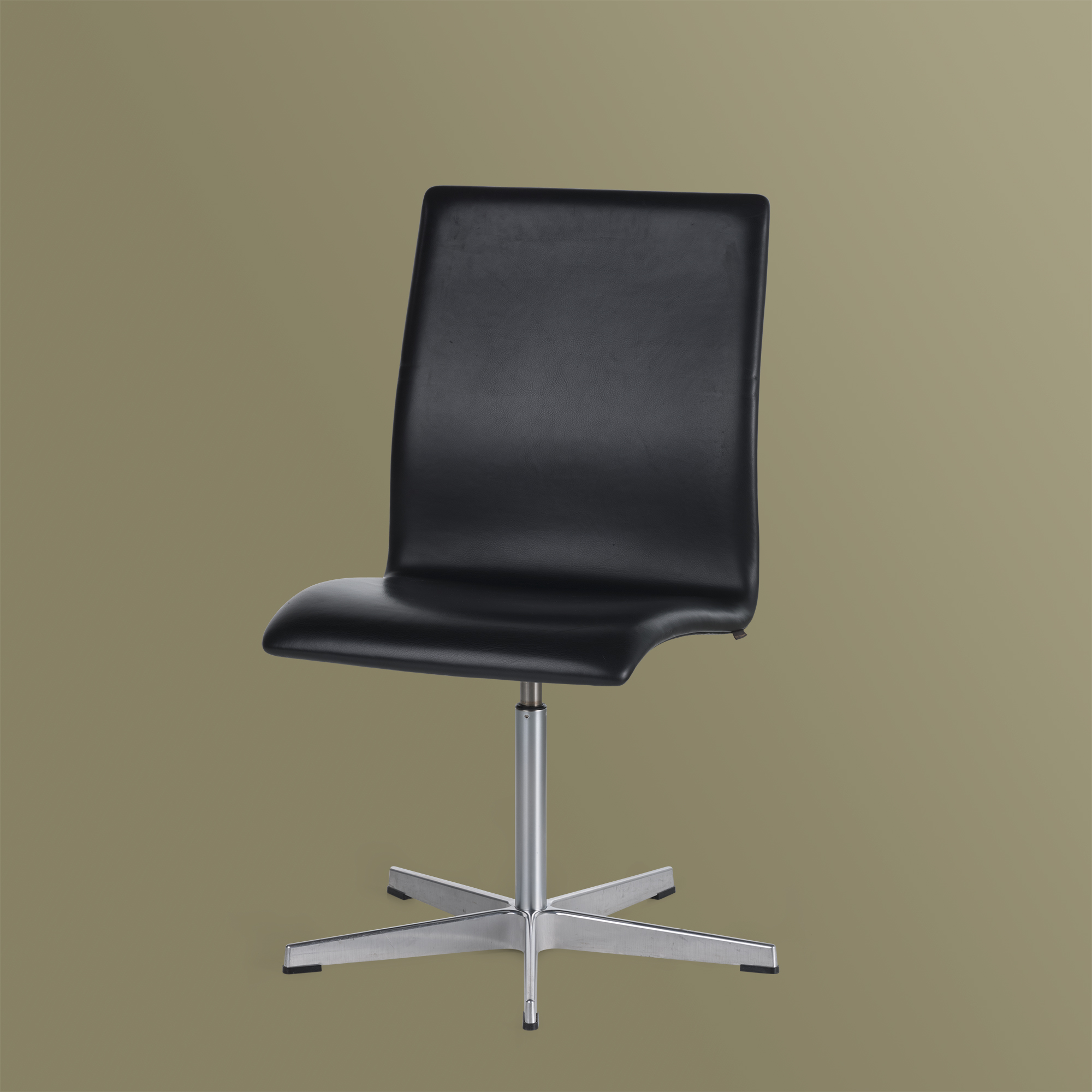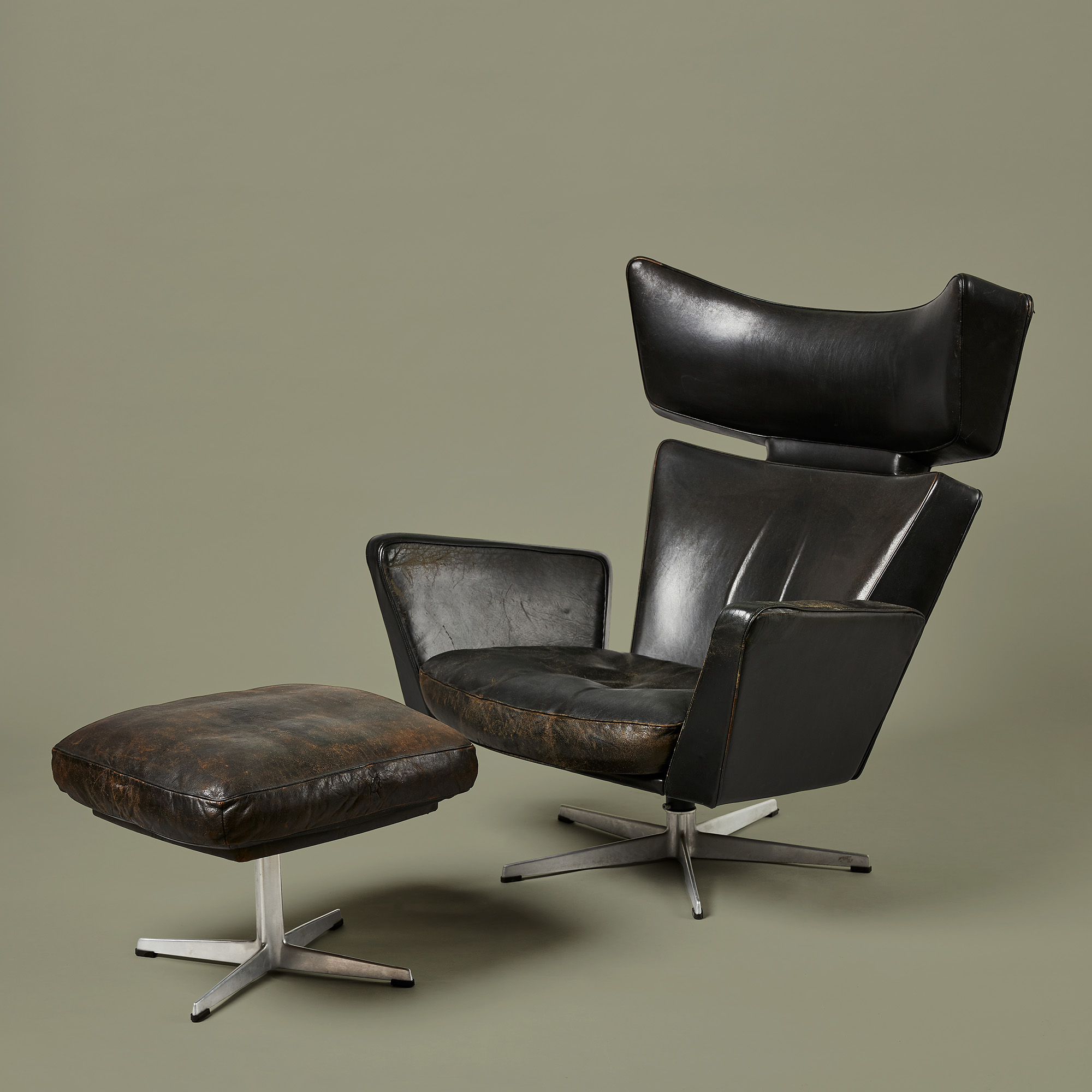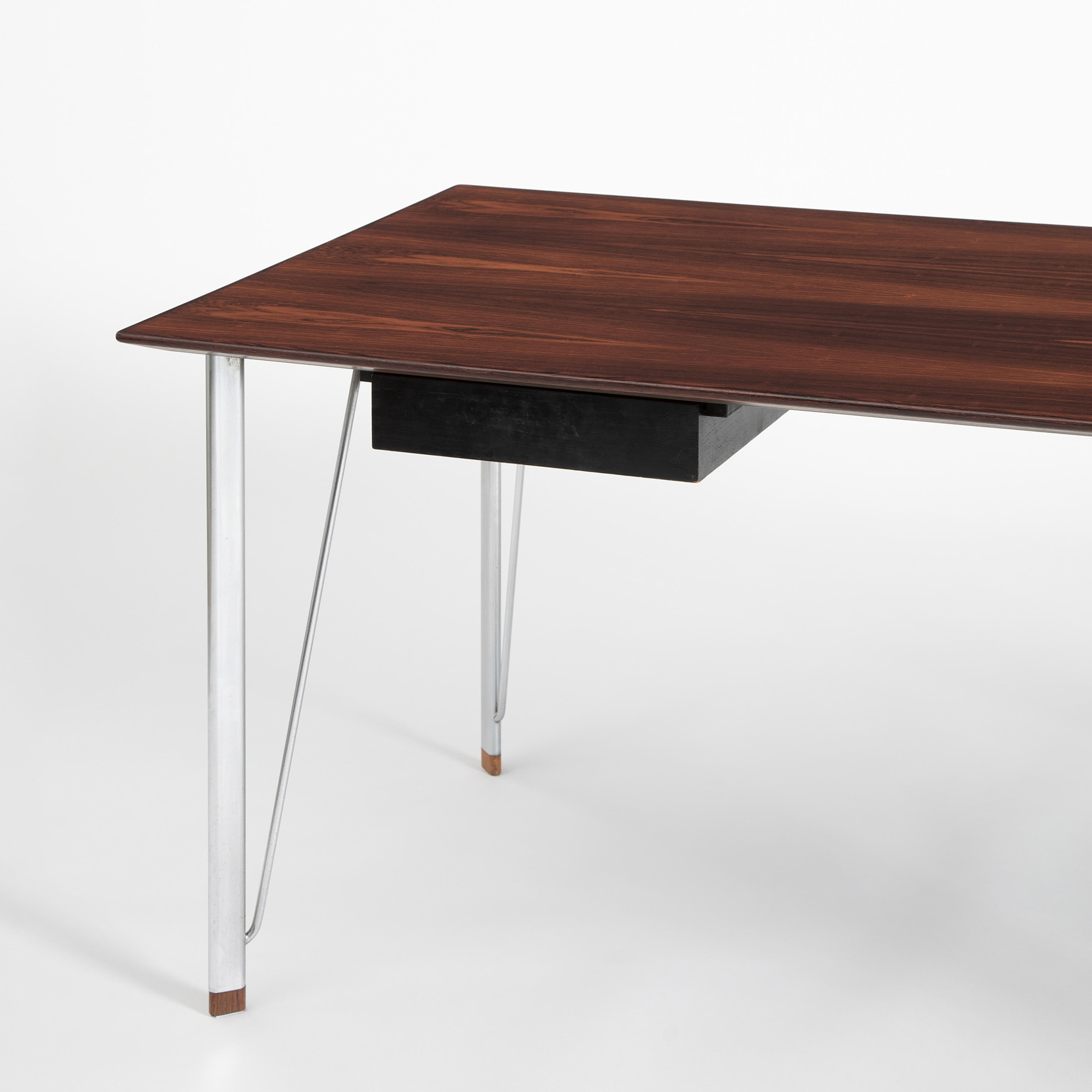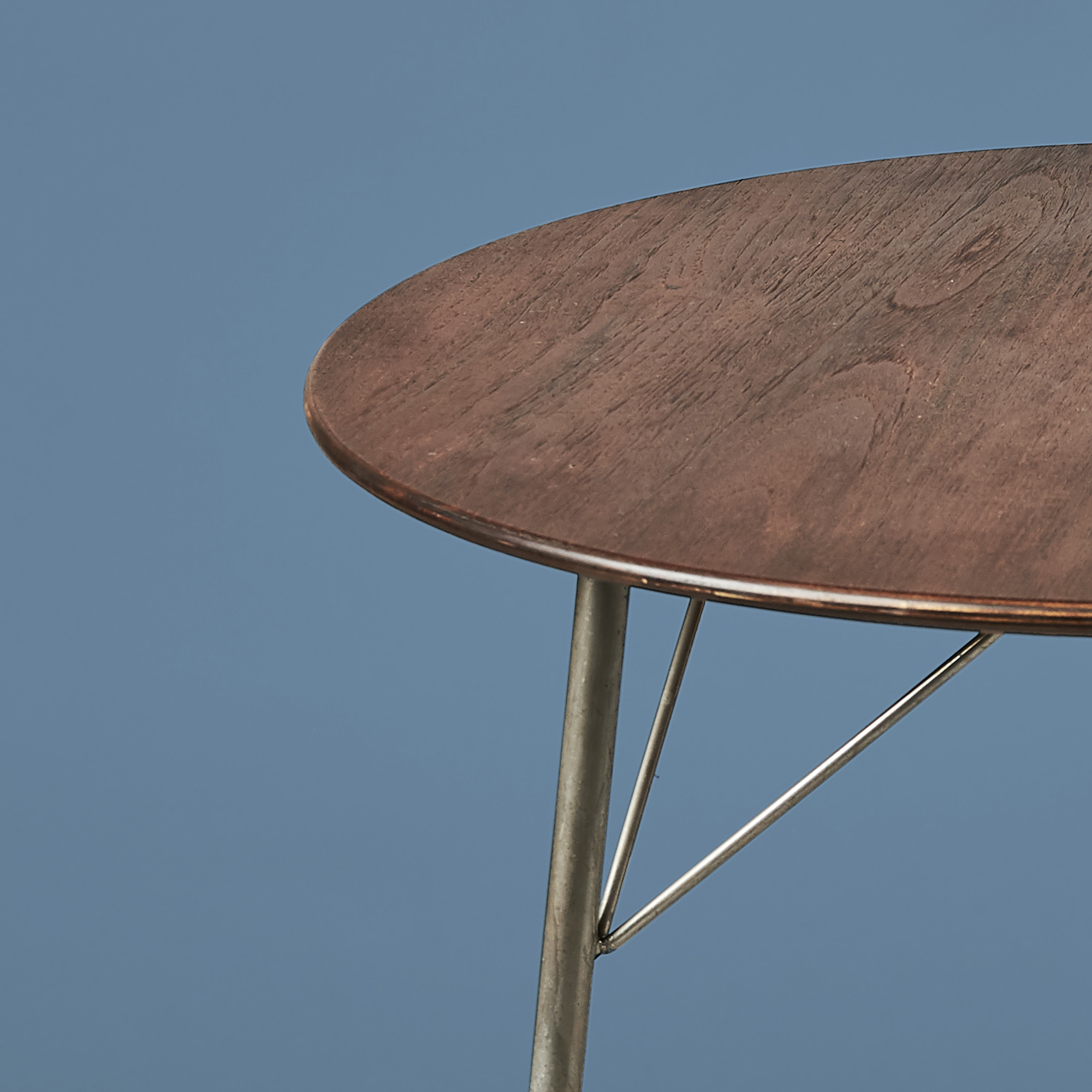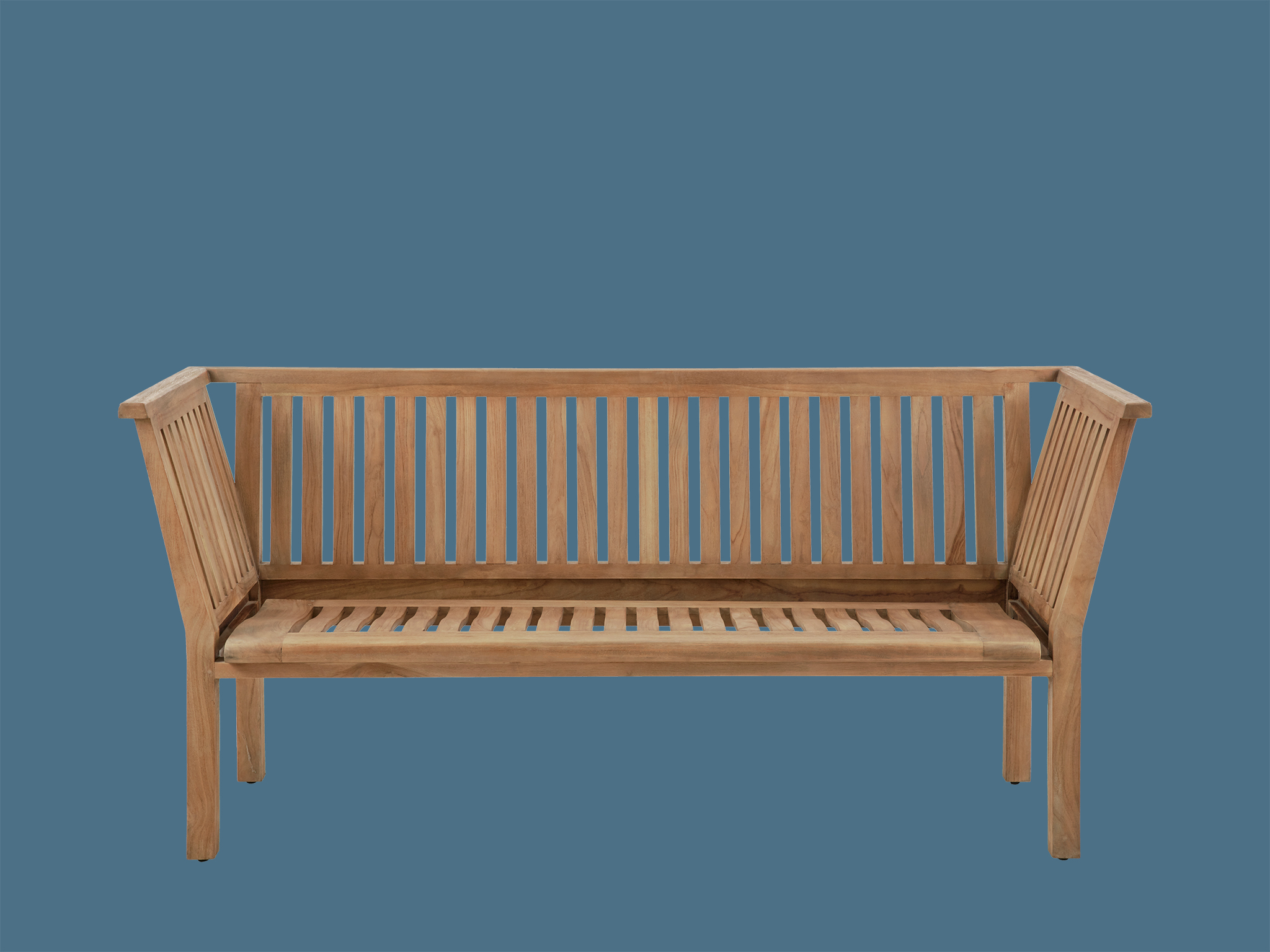The Paris chair is one of the earliest examples of Arne Jacobsen’s ability to incorporate contemporary trends and turn them into simple, sculptural form. As part of the Bauhaus-inspired interior design of the innovative ‘House of the Future’, which Arne Jacobsen and Flemming Lassen presented at Forum in 1929, the Paris chair helped bring modernism to Denmark and pave the way for new times in Danish architecture and furniture design.
During the 1920s, Danish architects and designers began to realize the potential of wicker furniture as an alternative to the heavy and costly cabinetmakers’ furniture used in Victorian-style home interiors at the time. Furniture in rattan, bamboo and wicker provided Arne Jacobsen and his contemporaries with an opportunity to create chairs in an affordable material that is light in both appearance and physical weight.
